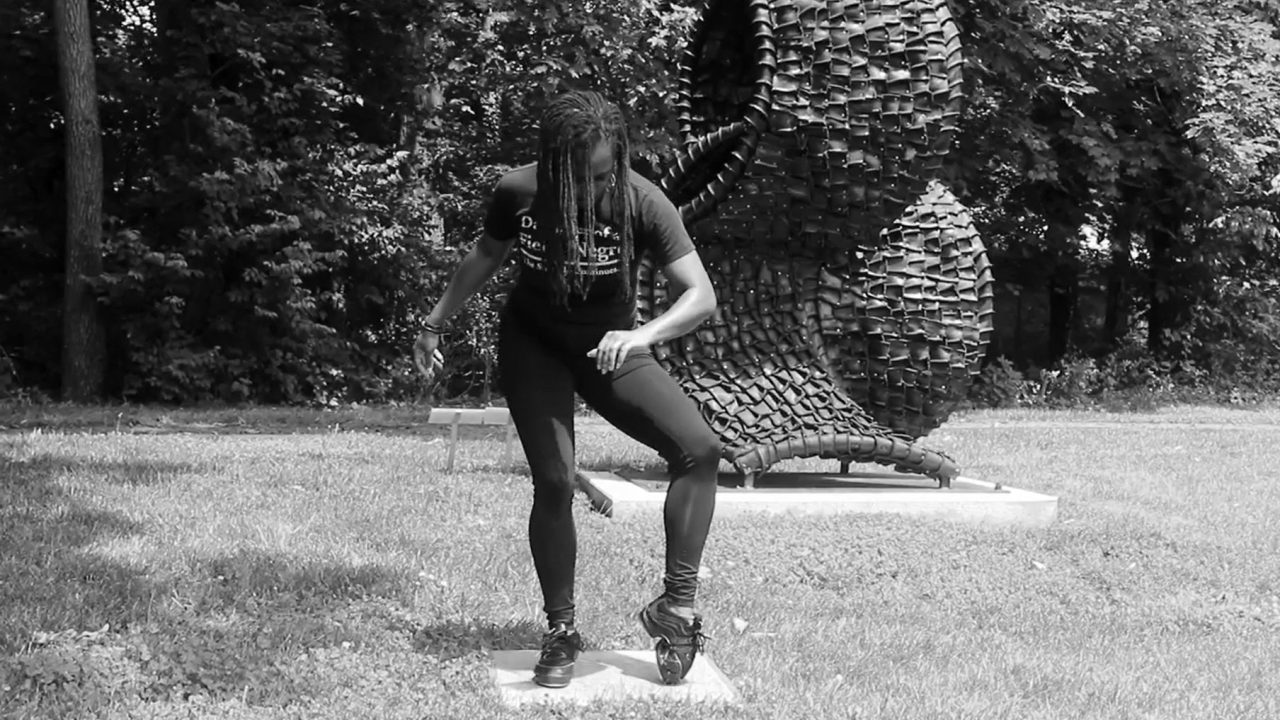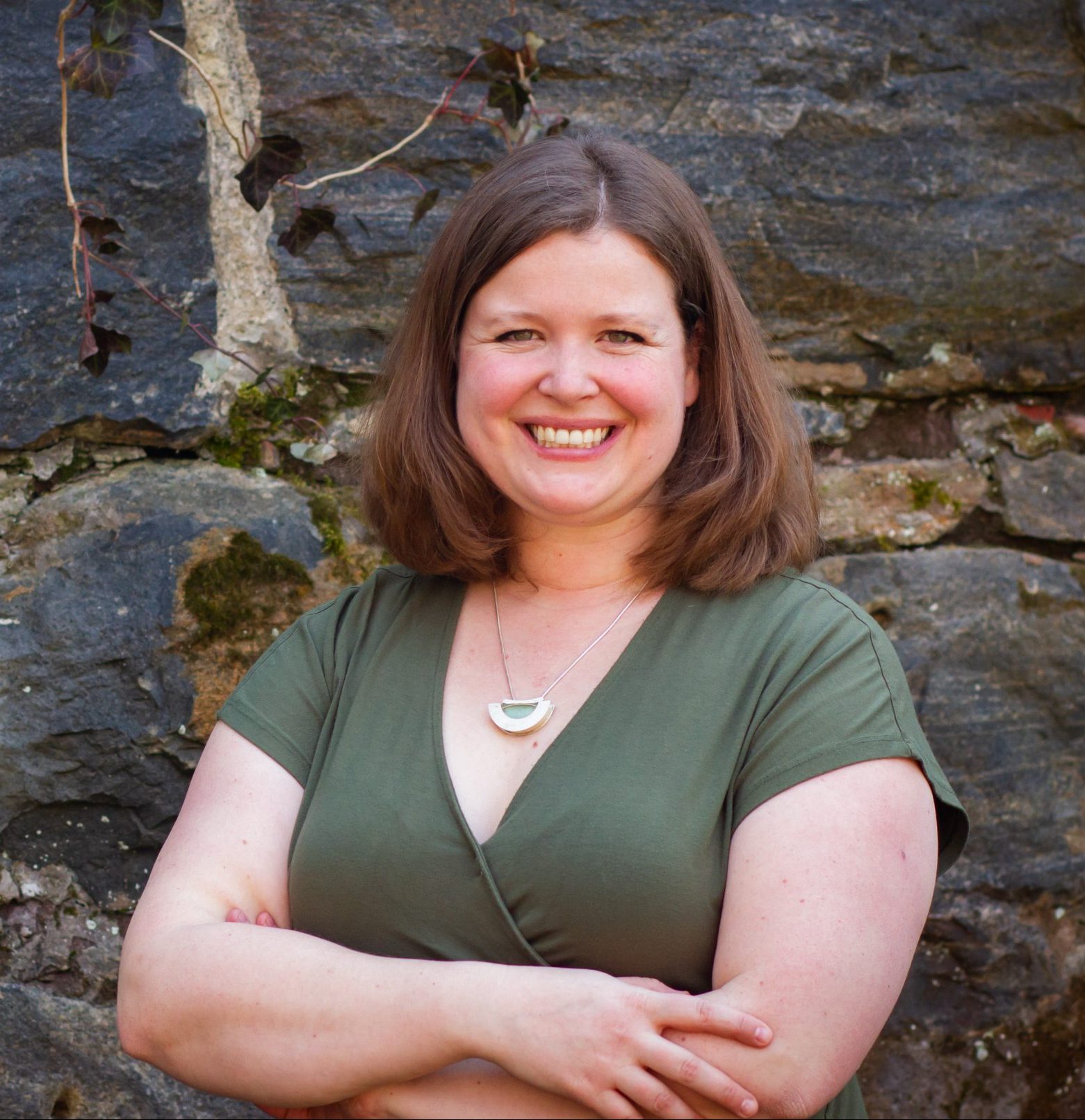
In 2018, the Delaware Art Museum (DelArt) began a radically inclusive approach to reinstallation planning, integrating community voices at every stage through focus groups, iterative prototyping, and community-created content. But before the new galleries could open, the pandemic hit. 2020 forced DelArt staff to relearn how to reach community members and center their voices from afar—and to rethink plans in response to overlapping crises affecting the museum’s community.
The roots of this project began five years ago, when institutional changes built a culture of shared authority and a practice of centering community voices, laying the groundwork for DelArt’s approach to its forthcoming main-floor reinstallation. The 2017 strategic plan envisioned the museum as a “vital hub” for its city. Internal trainings for staff and volunteers focused on developing institutional empathy. Special exhibitions regularly integrated community-created content, such as labels featuring the words of Black Delawareans. We forged partnerships with community leaders to guide exhibition advisory committees. Yet these changes had not reached the permanent collection galleries.
When the opportunity arose to reinstall the museum’s eight main-floor art galleries, we set a goal of increasing their relevance for our local community and implemented a strategy of listening to Delawareans throughout the process. Through a series of “community salons,” we invited community partners, museum stakeholders, and first-time visitors to give feedback on the existing galleries in open exchanges with curators. Consultant Stacey Mann facilitated these conversations, asking participants to discuss works they were drawn to, personal connections they found, and areas they wanted to learn more about. These rich discussions helped staff understand what visitors found unclear (e.g., the term “Pre-Raphaelite”), where they wanted more context and a critical lens (e.g., portrayals of Native Americans by white nineteenth-century artists), what they were curious about (e.g., the portrait of African American leader Absalom Jones), and what resonated with them (e.g., artist John Sloan’s activism; local stories).
Under the guidance of renowned consultant Kathleen McLean, we next began prototyping the resulting ideas in the galleries, integrating community feedback into new clusters of objects and narratives. We tested titles and panel text with our visitors, iterating based on the responses they scribbled on post-its stuck to the walls. Sometimes, preparators moved art to allow us to test new visual relationships. Other times, we printed and taped up images of artworks. The prototyping continued for over a year, as we focused on one collection after another. The direct, ongoing feedback from visitors that this method provided was invaluable. As we made changes, staff frequently returned to the recordings and notes from the community salons for guidance. We finalized ideas when we saw a multitude of visitor post-its engaging with the subject, a sign that the new direction strongly resonated with our audiences.
At this point in the process, we also sought out additional guidance from community leaders. Chief Curator Heather Campbell Coyle and I drove downstate to meet with leaders of Delaware’s Lenape and Nanticoke tribes to discuss representations of Native people in the collection. Chief Dennis Coker, of the Lenape Indian Tribe of Delaware, and Sterling Street, Museum Coordinator of the Nanticoke Indian Museum, shared their perspectives on the nineteenth-century American paintings, gave feedback on planned interpretation, and added personal statements to wall text.
DelArt’s reinstallation planning centered community in three ways: by listening deeply in early planning, by testing interpretation with visitors and iterating based on their feedback throughout the process, and by integrating community voices as expertise that enriches and expands art historical content. To make this approach work, we embraced direct feedback, institutional flexibility, internal frameworks structured to support shared authority, collaboration across departments, and risk-taking.
Before we could finish this community-centered planning, the pandemic hit. We felt suddenly cut off from the audiences we had enjoyed such easy access to. We soon realized that centering community while working remotely would require developing new ways of connecting.
We found our first opportunity when producing our new permanent collection audio tour, which gave us the chance to capture community voices virtually. With in-person facilitated programs on hold, an audio tour was a way to continue providing a multivocal dialogue around art, as well as integrate diverse perspectives into the new galleries. The pandemic brought both challenges and benefits to audio production. Greenhouse Media, contracted to manage the tour’s production, recorded in three ways: in person and onsite with COVID protocols in place, via a remote recording studio set up in the museum, and by mailing microphones and remotely coaching non-local contributors through recording from home. One of the tour’s remote voices was Brian Eaton, a United Kingdom resident who told the story of his great-grandmother, the Pre-Raphaelite model Fanny Eaton. Brian’s contribution was made possible by the newfound virtual connectivity brought on by the pandemic.
We also found a way to continue our reinstallation planning itself, beginning with DelArt’s historic collection of American illustration, which staff were in the midst of developing layouts and interpretation for when the pandemic began. Earlier community salons had garnered feedback on the existing illustration displays, and we prototyped new approaches before the galleries shut down. From these, we learned that most of our visitors did not recognize the large, framed paintings by Frank Schoonover and N.C. Wyeth as illustrations created for magazines and books, that locals loved Wilmingtonian Howard Pyle’s story and his connections to our city, and that visitors shared our staff’s concerns that the illustration collection did not represent our diverse communities. As we returned to this work amid the 2020 Black Lives Matter movement, it became clear to staff that we needed help looking more deeply at these objects through the lens of race.
We reached out via email to illustrators with whom we had existing relationships, and our contacts connected us with additional illustrators of color. (“Who else should we be speaking with?” became an incredibly valuable question.) Alongside this group of illustrators from around the country, several local Black leaders who knew the museum’s work were invited to join the conversation on Zoom. There were no galleries to walk through during this virtual community salon, but we showed installation layouts and digital images of art in the collection. I feared the change in format would hinder our advisors’ responses, and the curator fretted that participants couldn’t see the works of art in person, but we needn’t have worried.
The dialogue within the Zoom room was rich, with contributors building on each other’s voices and engaging with the curator’s expertise in the same dynamic, creative ways we had experienced when gathered in DelArt galleries. It was joyful to be in a virtual meeting with artists, who helped staff envision solutions beyond the standard interpretive elements of labels and wall text. We listened eagerly as participants made connections between the works of art and their family histories, shared expertise, and imagined characters’ stories beyond the frames of the illustrations that stereotyped them.
The group also answered our questions about some of the most overtly racist illustrations in our collection. Should we hang these objects—was the potential for harm too great? “They have to be shown,” illustrator Jerry Pinkney told us clearly. Pinkney and other advisors helped us see that we should display these images, but make sure that visitors immediately understood why they were on the wall. They cautioned that the images would be painful for some. We needed to add context, engage visitors in looking critically, and bring diverse contemporary voices into the space. Contextual information could not be relegated to a small object label. The reinterpretation that framed the display needed to be as visible as the paintings themselves.
In response to this feedback, museum staff revised the plans in place for the gallery, just months before its reopening. Designer Keith Ragone reworked the gallery layout, shifting wall placements and decreasing the number of paintings on view, to give more space to the key illustrations and their interpretation.
We also realized that it was imperative to work through the challenges of displaying DelArt’s small but growing collection of historic illustration by African American artists. Over the last few years, Chief Curator Heather Campbell Coyle has focused on purchasing work by Black illustrators, but she was hesitant to designate space in the gallery until sufficient works had been acquired and conserved. She explains the curatorial dilemma: “All the new acquisitions are works on paper, which isn’t unusual for illustrations. However, this means they can only be on view for a few months so they don’t fade from light exposure.” We have been fortunate to purchase five new illustrations in the months since the focus group—just enough to have a pair rotating on view. The museum’s curator and Collections Committee are committed to acquiring more historic works by African American illustrators, but they are quite rare.
We are now developing new interpretive elements for the illustration galleries, based on feedback from the virtual salon and the additional guidance of advisor Dr. Tonya Leslie. A new in-gallery video will share the creative, diverse perspectives of contemporary illustrators, scholars, and community members reflecting on the surrounding illustrations. Contributors will respond to the prompts, “How do these illustrations reflect your lived experiences and values?” and “Whose stories are being told, and whose are missing?” Greenhouse Media is once again helping us work through the challenges of creating content remotely, but now we are fully embracing the opportunity to engage both locals and contributors from across the country.
Being in touch with our audiences is less casual and requires more intention now—as it does with our colleagues. While DelArt has learned new ways to reconnect and work with established partners virtually, building new relationships during the pandemic has been slower and more difficult. We can’t rely on valuable methods like shaking hands at community events, and for most of the year travelling to meet with partners has not been an option. Early in the pandemic, I reached out to consultant Kathleen McLean about these challenges. “We are experiencing such a huge crisis, which is forcing us to shift our behavior. The difficulty connecting with audiences is making us think differently, and we can make good use of this window of opportunity to experiment with new, untested strategies,” she advised.
As I write this in May 2021, collaboration with community members seems to be changing once again. Here in Delaware, warm weather is encouraging time outside away from screens. Vaccines are available, and calendars are filling up as we awkwardly begin to see friends. Colleagues and community members alike seem slower to respond to emails, but I am able to hold small meetings outside on the museum’s terrace. I anticipate that the ways we connect might once again need to change. Just as we learned to prototype wall text and iterate based on visitors’ feedback, DelArt will continue to test new forms of connection, revise how we work, and try again. The process, although slow and challenging, has reinforced the rewards of building new working methods in pursuit of a more relevant, responsive, community-centric museum model.









Amelia, this is wonderful! Thank you so much for sharing!
Thank you, Emily – only possible due to the powerful insights of our community contributors, and from the many museum professionals who have guided us.
Amelia – thank you so much for sharing this experience! It’s a wonderful example of what it means to be community-focused!
This was inspiring. Thank you for sharing your experience.
I was really wowed by the transformations when I visited last month. Although I represent your historic demographic, I relished seeing this “new” art and expression. The experience of learning and investigating as a visitor is so much more enriching even though I will always love the Pre-Raphaelite and Pyle collections too. Keep it up!